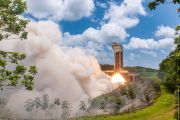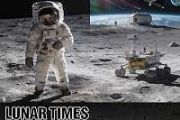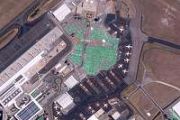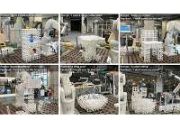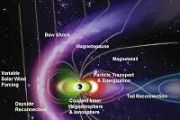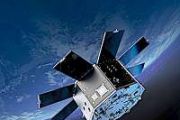
Copernical Team
South Korea postpones third launch of homegrown rocket
 South Korea on Wednesday postponed the launch of its homegrown Nuri rocket after a technical glitch was detected just hours before lift-off, officials said.
It was the third planned launch of Nuri, following a failed first attempt and a successful second mission last year.
A communication error between the launch control computer and another computer managing the launch pad was detected
South Korea on Wednesday postponed the launch of its homegrown Nuri rocket after a technical glitch was detected just hours before lift-off, officials said.
It was the third planned launch of Nuri, following a failed first attempt and a successful second mission last year.
A communication error between the launch control computer and another computer managing the launch pad was detected South Korea to conduct satellite launch as North Korea pushes to fire its 1st military spy satellite
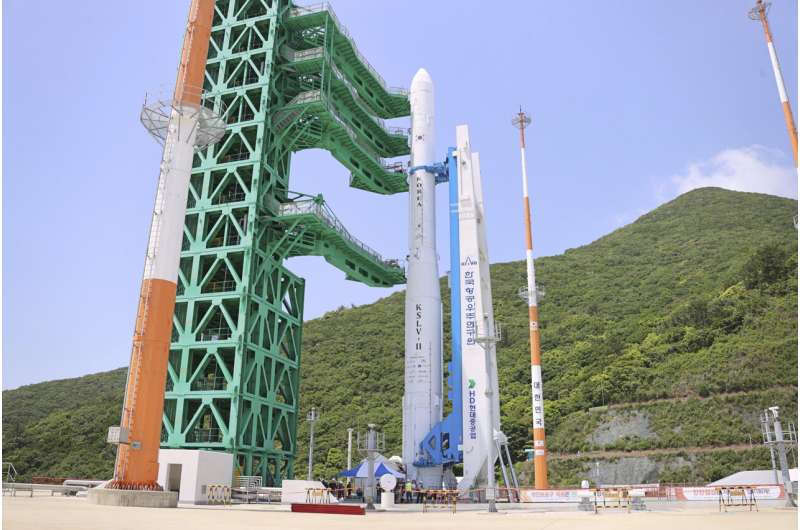
South Korea was set to launch its first commercial-grade satellite Wednesday as rival North Korea pushed plans forward to place its first military spy satellite into orbit.
Satellites provide crucial insights into Arctic amplification

The Arctic, once again at the forefront of climate change, is experiencing disproportionately higher temperature increases compared to the rest of the planet, triggering a series of cascading effects known as Arctic amplification. As concerns continue to grow, satellites developed by ESA have become indispensable tools in understanding and addressing the complex dynamics at play and the far-reaching consequences for the environment and human societies.
A lab deep underground could hold the key to habitability on Mars
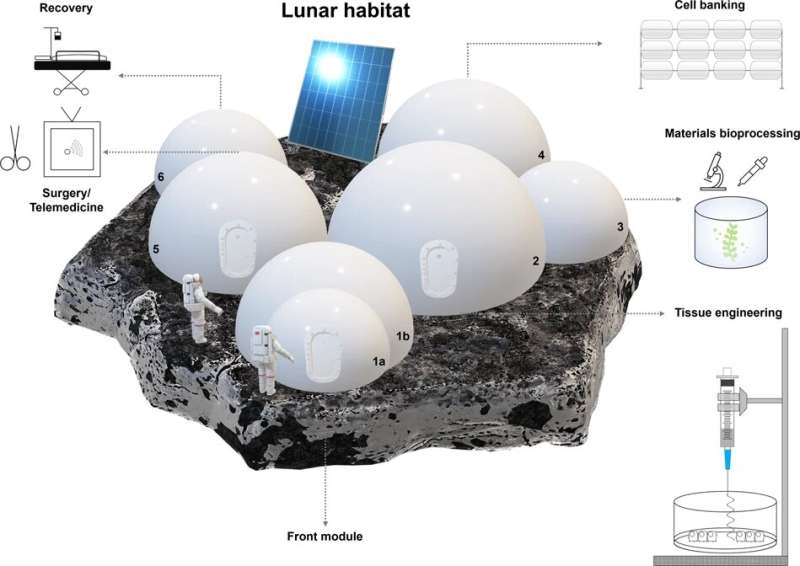
Northrop Grumman ships IBCS to Poland for WISLA Air Defense system
 Northrop Grumman Corporation (NYSE: NOC) has delivered key Integrated Battle Command System (IBCS) components for Poland's WISLA medium range air defense program. With this delivery, IBCS moves closer to being fully fielded as part of Poland's advanced air and missile defense program.
The recent delivery of the IBCS Integrated Fire Control Network (IFCN) relays supports the WISLA program's
Northrop Grumman Corporation (NYSE: NOC) has delivered key Integrated Battle Command System (IBCS) components for Poland's WISLA medium range air defense program. With this delivery, IBCS moves closer to being fully fielded as part of Poland's advanced air and missile defense program.
The recent delivery of the IBCS Integrated Fire Control Network (IFCN) relays supports the WISLA program's AFRL conducts Swarm technology demonstration
 The Air Force Research Laboratory, or AFRL, conducted a demonstration, April 5, 2023, of its high-power microwave counter drone weapon, the Tactical High-power Operational Responder, or THOR, as it engaged a swarm of multiple targets at the Chestnut Test Site, Kirtland Air Force Base.
"The THOR team flew numerous drones at the THOR system to simulate a real-world swarm attack," said Adrian
The Air Force Research Laboratory, or AFRL, conducted a demonstration, April 5, 2023, of its high-power microwave counter drone weapon, the Tactical High-power Operational Responder, or THOR, as it engaged a swarm of multiple targets at the Chestnut Test Site, Kirtland Air Force Base.
"The THOR team flew numerous drones at the THOR system to simulate a real-world swarm attack," said Adrian A new tool for deforestation detection
 Every second, the planet loses a stretch of forest equivalent to a football field due to
logging, fires, insect infestation, disease, wind, drought, and other factors. In a recently published study, researchers from the U.S. Geological Survey Earth Resources Observation and Science (EROS) Center presented a comprehensive strategy to detect when and where forest disturbance happens at a lar
Every second, the planet loses a stretch of forest equivalent to a football field due to
logging, fires, insect infestation, disease, wind, drought, and other factors. In a recently published study, researchers from the U.S. Geological Survey Earth Resources Observation and Science (EROS) Center presented a comprehensive strategy to detect when and where forest disturbance happens at a lar Mapping the shallow seabed of the Mediterranean coast using satellite images
 Satellite-derived bathymetry continues to advance and improve rapidly. A recent scientific study has confirmed the effectiveness of a methodology developed to obtain bathymetric data from satellite images in the Western Mediterranean. The results of this research, published in the prestigious International Journal of Applied Earth Observation and Geoinformation, reaffirm the value of this tool f
Satellite-derived bathymetry continues to advance and improve rapidly. A recent scientific study has confirmed the effectiveness of a methodology developed to obtain bathymetric data from satellite images in the Western Mediterranean. The results of this research, published in the prestigious International Journal of Applied Earth Observation and Geoinformation, reaffirm the value of this tool f Military drones are swarming the skies of Ukraine and other conflicts
 Loud explosions rock the evening sky. Streaks of light appear like comets. Missiles rain down. Below, people scramble for cover. The injured are taken on stretchers - the dead, buried.
That is daily life in Ukraine, where pilotless vehicles known as drones litter the sky in an endless video gamelike - but actually very real - war with Russia.
Both Russia and Ukraine are using drones
Loud explosions rock the evening sky. Streaks of light appear like comets. Missiles rain down. Below, people scramble for cover. The injured are taken on stretchers - the dead, buried.
That is daily life in Ukraine, where pilotless vehicles known as drones litter the sky in an endless video gamelike - but actually very real - war with Russia.
Both Russia and Ukraine are using drones North Korea's Kim Jong Un says spy satellite ready for launch
 North Korean leader Kim Jong Un inspected the secretive regime's first completed military reconnaissance satellite and "approved the future action plan" for its launch, state-run media reported Wednesday.
Kim visited an aerospace facility on Tuesday and examined the satellite, which is "ready for loading after undergoing the final general assembly check and space environment test," accordi
North Korean leader Kim Jong Un inspected the secretive regime's first completed military reconnaissance satellite and "approved the future action plan" for its launch, state-run media reported Wednesday.
Kim visited an aerospace facility on Tuesday and examined the satellite, which is "ready for loading after undergoing the final general assembly check and space environment test," accordi 











